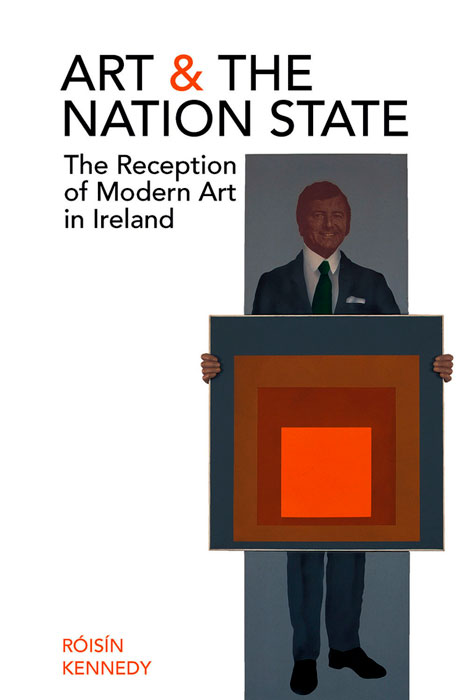
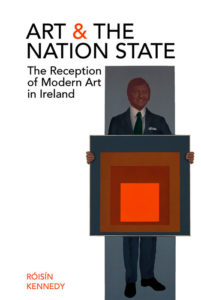 Róisín Kennedy
Róisín Kennedy
Liverpool University Press, 2021
pp 304 illustrated h/b
£90/€115 ISBN: 978-1-78962-235-5
Brian Fallon
At just over 300 pages, this book seems to me a very useful summing-up of a faction-laden subject and an even more faction-laden period, or rather periods. Ireland, though small in terms of population and even smaller in terms of galleries and art centres, appears at times to be almost as argumentative about the visual arts as it is (or used to be) about literature and the theatre. The problem is that literature has had a head start in virtually all fields of creativity – almost everyone reads. Nevertheless, there are obvious signs that this bias is changing and my own view is that Ireland is now entering a much more art-conscious era.
The cliché that we are an unvisual people is surely as dead as the Arian Heresy and can safely be buried, or cremated, along with similar negative myths. Irish art is now treading closely on the heels of literature and may even, inside a generation or less, take the lead. Adequate teaching, adequate facilities, sound state support and, above all, regular exposure to visual culture in its many and varied forms, have already changed whole areas of what, for lack of a less clichéd term, I can only call the National Psyche.
True, we had good artists in the 19th century, we had good ones too at the turn of the 20th, but to look for a national school still seems a dubious venture. Possibly the nearest approach to one was created by our remarkable stained-glass artists – Clarke, Geddes, Healy, Hone – but it scarcely lasted more than a generation. (Jack Yeats, while unarguably a genius, left no obvious tradition.) Still, it is beginning to happen.
The early years of the Free State produced art which was solid rather than exciting, and Irish Modernism really began with the Living Art Exhibition in 1943. Róisín Kennedy is right, however, in calling attention to the official rejection of a Rouault picture around this time. It provoked a strong reaction and, in retrospect, mattered a good deal more in the scale of things than the faded controversy about Dublin Corporation’s purchase of a rather inferior Henry Moore bronze, almost two decades later. This is ancient history now; what is still vivid in the minds of many is the succession of Rosc exhibitions which, while very much tied to the outlook of their time, were still an epochal event and did much to open the eyes not only of the public, but of Irish artists as well.
It is one of the few obvious defects of this densely factual book that the huge exhibition ‘ART USA NOW‚’, mounted in I964 at what is now the Hugh Lane Gallery, receives rather cursory treatment. (On me, at least, it made an even stronger impact than any of the Rosc exhibitions did.) However, Róisín Kennedy has packed a dense amount of art history into her single volume, and the depth of her research is formidable. A work of reference for art-conscious people to keep within easy reach.
Brian Fallon is an art critic.
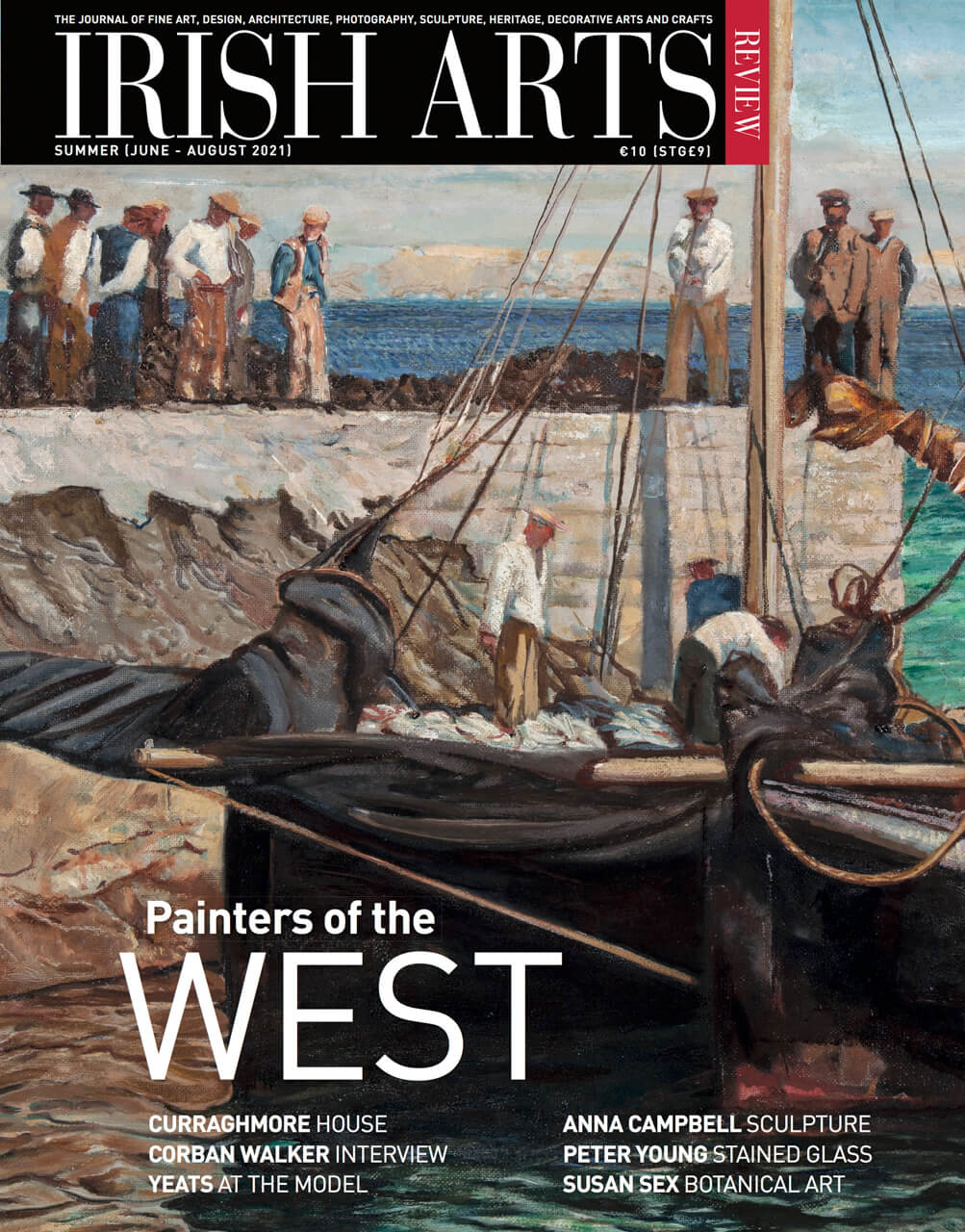
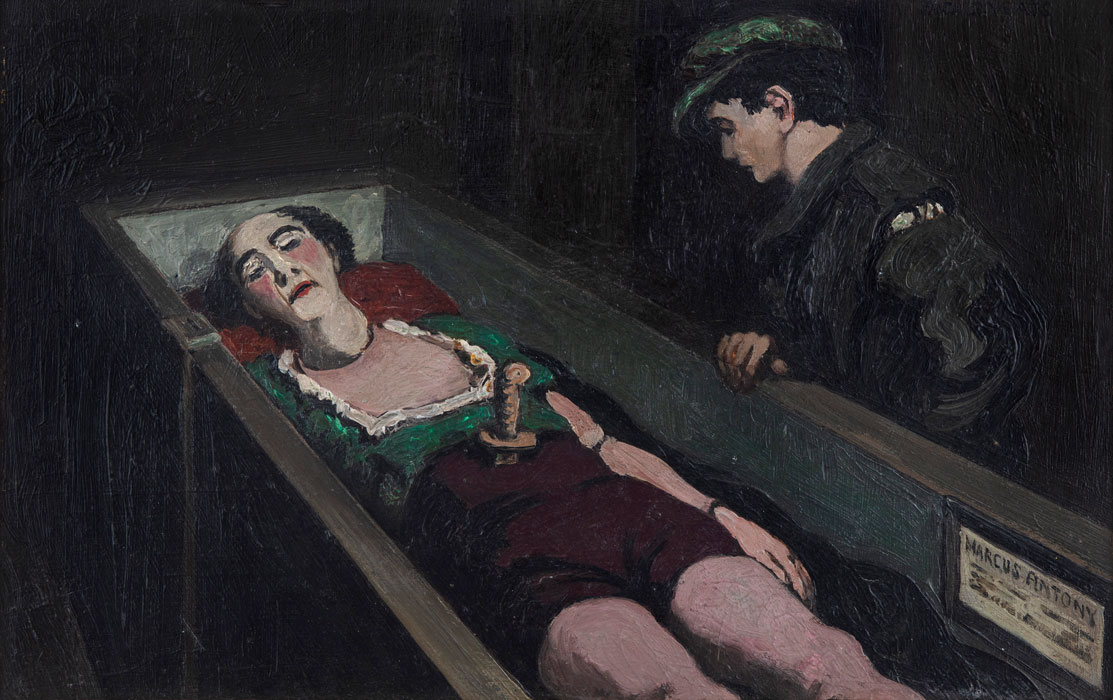
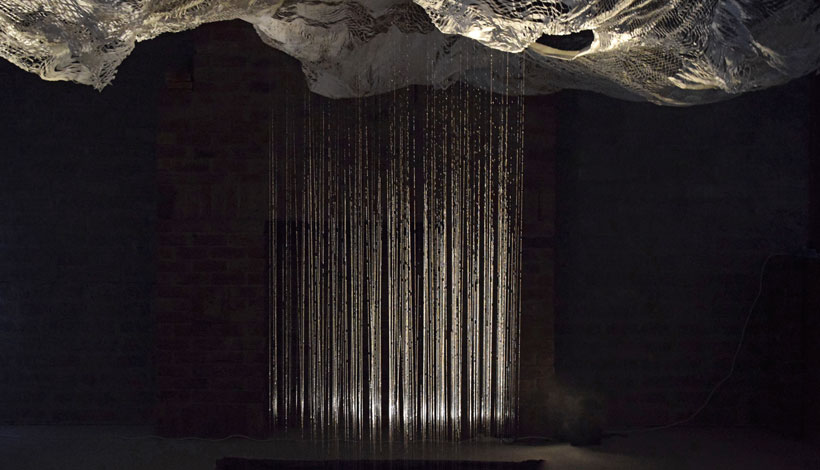
Marcel Vidal finds that a thread of instability runs through Freida Breen’s sculptural practice
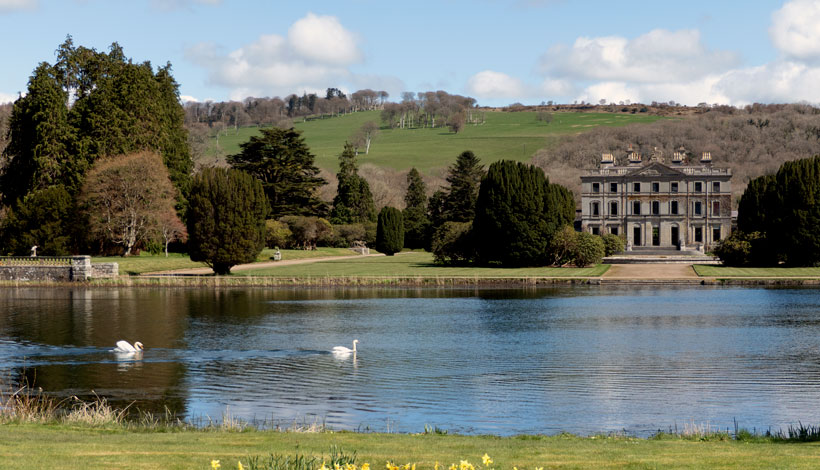
Julian Walton and William Fraher explore the magnificent Curraghmore House in County Waterford, where, three hundred years ago, the union of two families produced the most powerful dynasty in late Georgian Ireland